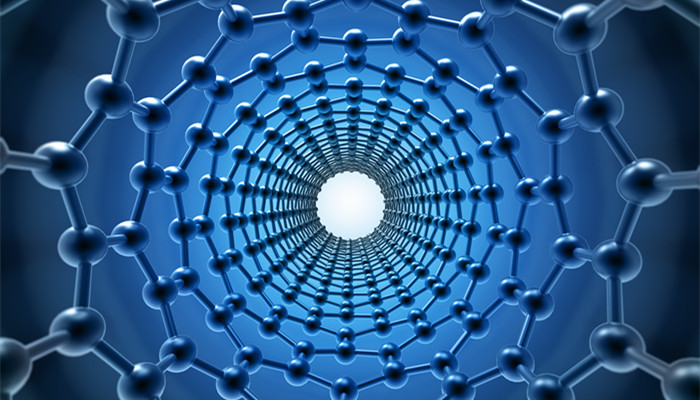
Phosphorus-based anode materials are high-performance anode materials with broad future application prospects.
Phosphorus-based anode materials are a new generation of high-performance anode materials, which can be divided into two categories: red phosphorus-based anode materials and black phosphorus-based anode materials. The negative electrode material is an important part of the original battery. During the battery charging and discharging process, the negative electrode material serves as a carrier to store and release energy. The performance of anode materials directly affects battery rate performance, power density and other properties. In the context of the rapid development of the new energy industry, the market’s performance requirements for power batteries continue to increase. High-performance anode materials are the key to the development of power batteries and have also attracted widespread market attention. .
Anode materials can be divided into two categories: carbon-based materials and non-carbon-based materials. Carbon-based materials include hard carbon, soft carbon, artificial graphite, natural graphite, etc. Carbon-based materials are the current mainstream technology route for battery anode materials. Among carbon-based materials, graphite anode materials are close to the theoretical specific capacity limit, soft carbon anode materials have slow charging speed and poor low-temperature performance, and hard carbon anode materials have reversible specific capacity. Low and high energy consumption for preparation. Compared with carbon-based materials, phosphorus-based anode materials have the advantages of high sodium storage capacity and long cycle life. In the context of the urgent need to upgrade power batteries, phosphorus-based anode materials have broad application prospects.
The upstream raw materials for phosphorus-based negative electrode materials include red phosphorus, black phosphorus, phosphate rock, etc. my country is rich in phosphate rock resources, with reserves ranking second in the world. Domestically, phosphate rock resources are mainly concentrated in Hubei, Guizhou, Yunnan, Sichuan, Hunan and other regions. my country is a major producer of phosphate rock. According to data from the National Bureau of Statistics, my country’s phosphate rock production will be 105 million tons in 2022. my country is rich in phosphate rock resources and has sufficient supply of red phosphorus and black phosphorus, which is beneficial to the development of the phosphorus-based anode material market.
As a new generation of anode materials, the global research on phosphorus-based anode materials is not in-depth enough, and further exploration is still needed in terms of reaction mechanism, conductive properties, volume expansion and other aspects. According to the “2023-2027 Phosphorus-based Anode Materials Industry Market In-depth Research and Investment Prospects Forecast Analysis Report released by the Industrial Research Center , At present, research institutions related to phosphorus-based anode materials include the National Academy of Sciences of Canada, the University of Science and Technology of China, and the Dalian Institute of Chemical Physics of the Chinese Academy of Sciences. Phosphorus-based anode materials themselves also have certain limitations. In order to optimize their performance, researchers often compound phosphorus-based materials with carbon materials such as graphene, carbon nanotubes, and porous carbon. In addition, optimization methods for phosphorus-based anode materials also include nanotechnology, Table/interface optimization, modification optimization, etc.
Industry analysts said that phosphorus-based anode materials are a new generation of high-performance anode materials with high sodium storage specific capacity and long cycle life. , sufficient supply of raw materials and other advantages, it has broad application prospects in the fields of power batteries, energy storage chemistry, super fast charging and other fields. At present, phosphorus-based anode materials are still in the research stage. In the future, with in-depth research, performance optimization and upgrading of power battery demand, phosphorus-based anode materials are expected to gradually achieve industrialization.

 微信扫一扫打赏
微信扫一扫打赏

